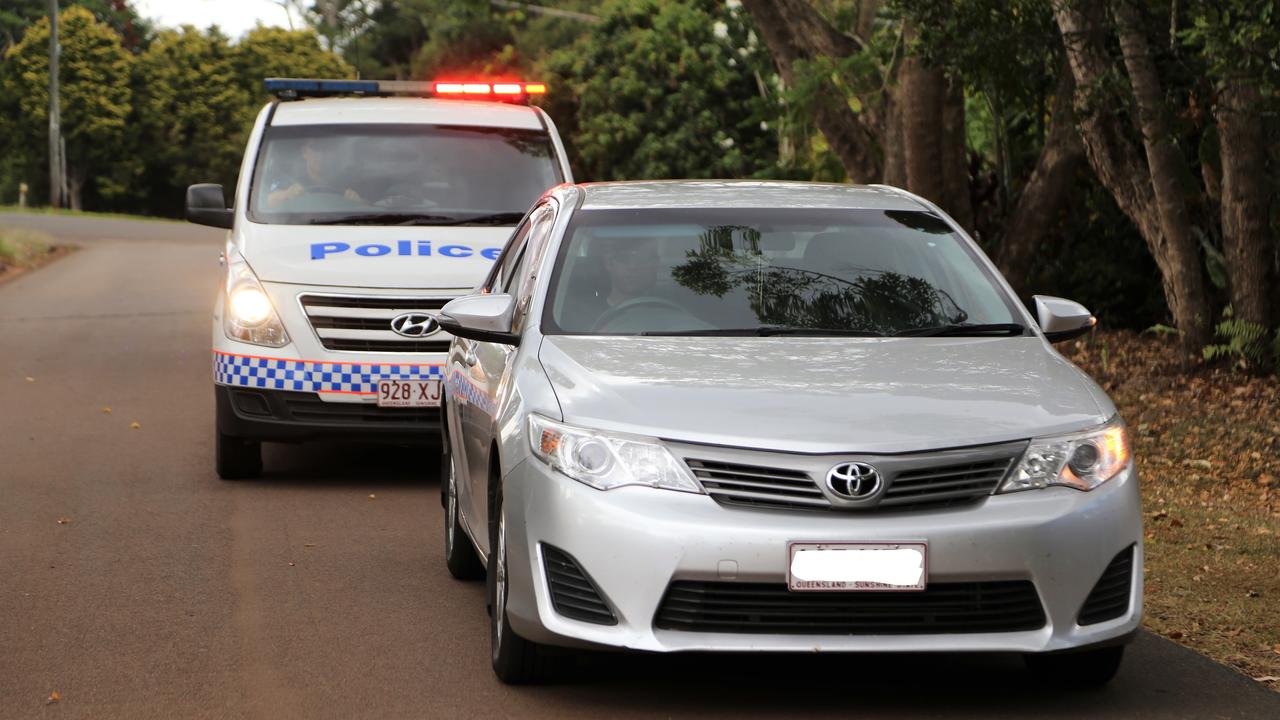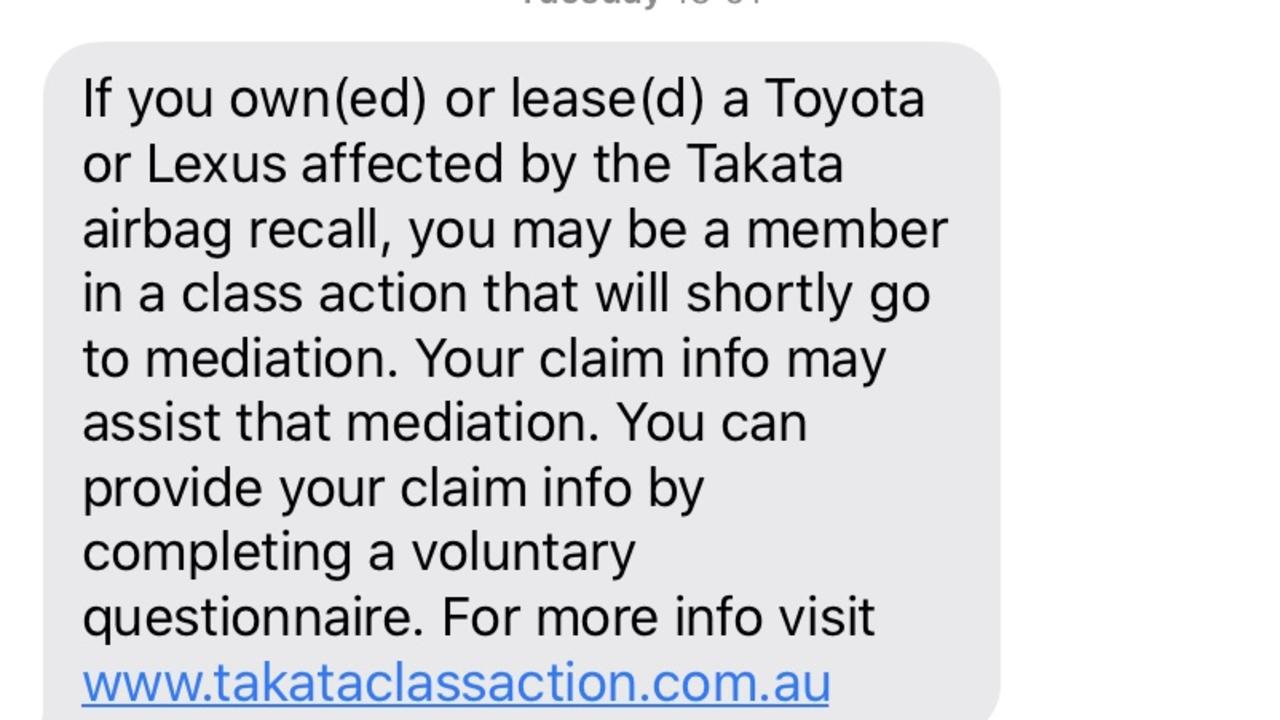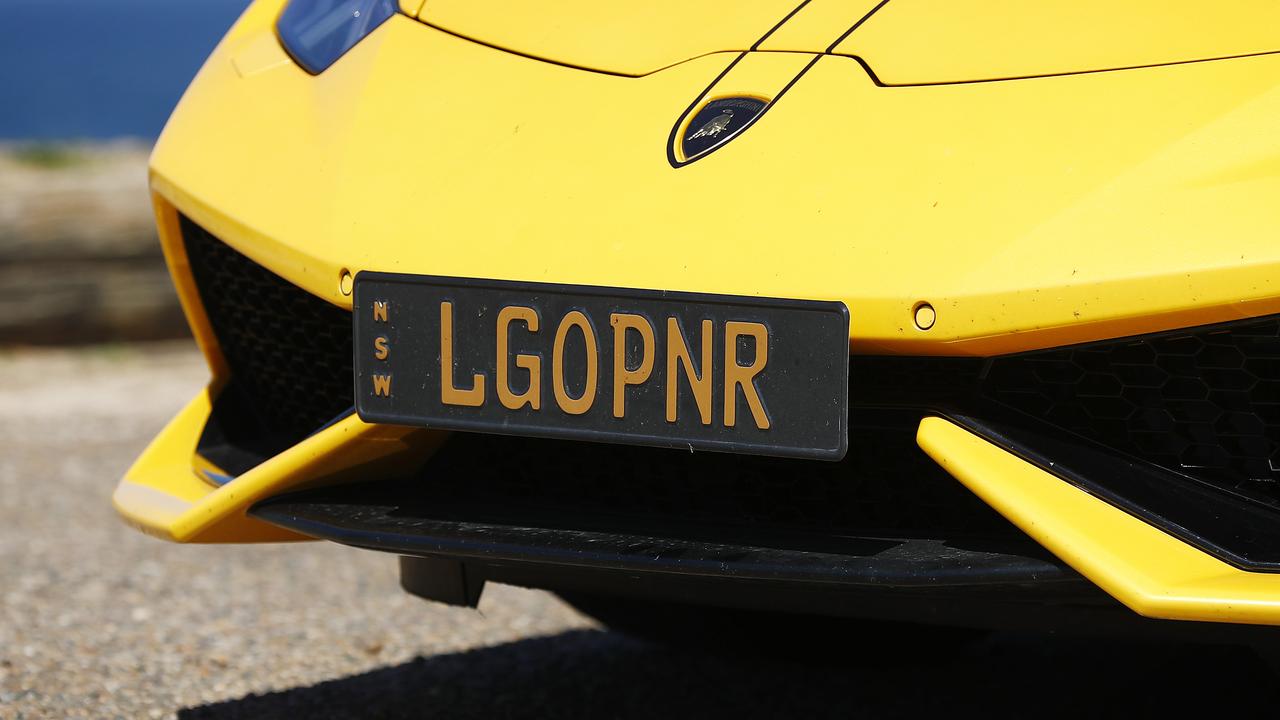Ranger ute is Ford’s heavy lifter
THE brawny Ranger ute outsells its Ford stablemates combined and delivers the good for owners — and even a used one will still look good and drive well.
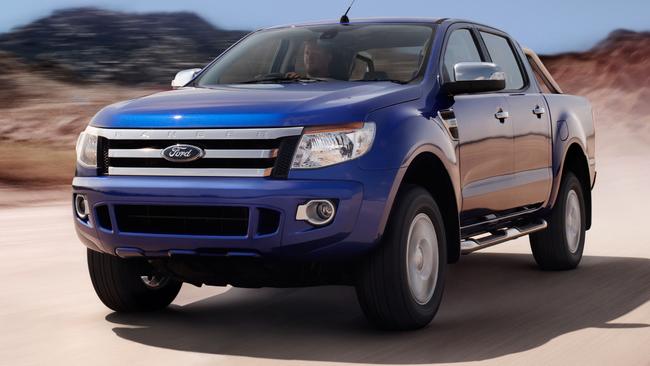
The Mustang is the current hero in Ford showrooms, right? Wrong. It is, without question, the Ranger ute.
Since the current “PX” generation one-tonner’s 2011 introduction, the Ranger has almost single-handedly kept Ford viable in Australia.
In 2017 we bought more Rangers than the combined total of every other Ford model on sale, both passenger and commercial. It is the Blue Oval’s golden child.
Designed and engineered in Australia but built in Thailand, the Ranger was exceptionally well received from launch, praised for its truck-like design, suitability for Aussie customers with its extensive range, towing capacity, and general user-friendliness for a ute.
Some 22 versions of the Ranger have been offered, but overwhelmingly Aussies choose the 4WDs, so I’ll focus on these as a used buy from 2011-2015.
Ranger 4WDs came in single, super or double-cab chassis variants, while pick-ups were super or double cab.
A 2.2-litre four-cylinder diesel was offered but the desirable donk was a 3.2-litre five-cylinder with an impressive 147kW and 470Nm.
Six-speed manual gearboxes came as standard in every model, with a six-speed automatic a $2000 option.
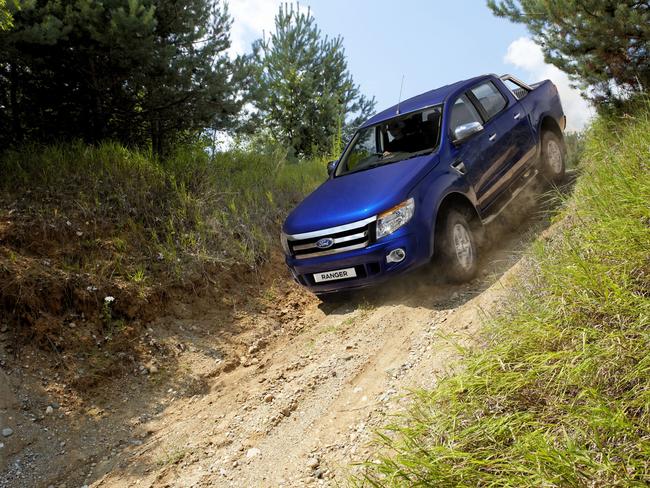
Grades were entry-level XL, mid-range XLT and flagship Wildtrak, the latter a 3.2-litre double cab pick-up only. Electronic shift “on-the-fly” via a centre-console switch meant all 4WD Rangers could move between high-range two-wheel drive, high-range 4WD, and low-range 4WD.
An electronic rear differential was standard on Wildtrak and XLT 4WD models. All could tow 3350kg (raised to 3500kg in late 2012) and could wade up to 800mm deep.
XL models had 16-inch steel wheels, Bluetooth with voice control, iPod connectivity, 4.2-inch colour screen, cruise control and remote keyless entry.
The XLT was the more feature-packed one to aim for, with 17-inch alloys, dual-zone climate, rear parking sensors, rain-sensing wipers, electrochromatic rear-vision mirror, polished rear roll bar, tow bar and cooled centre console. Double cabs also scored a tray bed liner with integrated 12V socket.
The sporty ute shopper could go Wildtrak — which cost over $60K to drive away with auto gearbox — adding 18-inch alloys, satnav, five-inch screen, rear-view camera, leather/fabric upholstery, heated power seats and sports bar and roof rails. You could even buy it in a flashy Chilli Orange hero colour.
In May 2013 the Ranger XLS arrived, bridging the price gap between XL and XLT. Based on the 3.2-litre XL it came equipped with 16-inch alloys, locking rear diff, front fog lights and accent-painted grille and mirrors.
In April 2014 a Ranger XL Plus arrived with specification mainly for mining or government fleet buyers, including 17-inch steel wheels, heavy-duty seat covers, a second battery and moulded black bumpers.
A MkII version of the PX Ranger arrived in August 2015 with slightly revised styling and technology, boosting the Ford ute’s popularity even further.
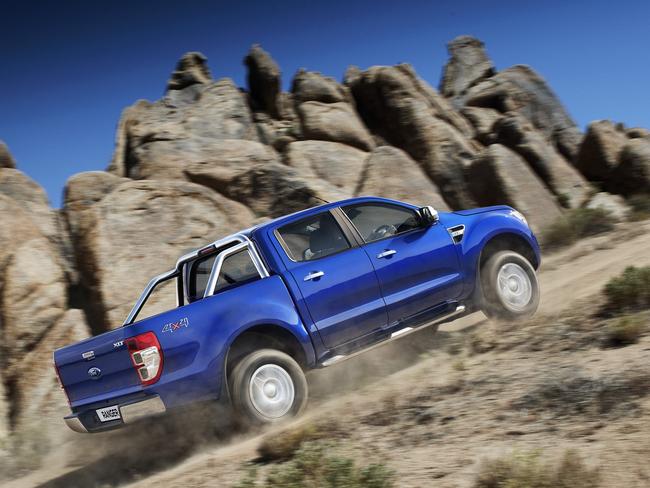
WHAT TO LOOK FOR
There are plenty of satisfied Ranger customers out there but there are some reliability concerns as the big Ford ages.
Chief, unfortunately, are the large expensive things, namely the turbo, engine and gearbox.
Worst are numerous reports of the 3.2-litre five-cylinder blowing up and needing a full replacement, meaning a five-figure bill.
When testing one, watch for excessive smoke coming from the exhaust on cold start up, or knocking sounds from the engine.
A rattling gearbox should also set off alarm bells, while a cracked auto transmission flex plate has also been reported by some owners.
Turbo failures are rarer but have been noted, while manual gearbox clutches in early PX Rangers have been known to wear out prematurely.
There are enough concerns there to warrant paying a specialist to check over a potential purchase, insisting they focus on known problem areas.
The Ranger was recalled in October 2012 for a rear seatbelt latch, July 2015 for bull bar mounting points and December 2016 for a gearbox speed sensor. The most serious came recently, when it was found grass could catch near the particulate filter, creating a fire hazard.
With so many on the used market, target those that have been city slickers rather than weekend adventurers, or worse yet, full-on mining/hardworking fleet vehicles.
IAIN SAYS
3.5 stars
Tough styling, capable and certainly one of the more car-like utes to drive, Ford’s Ranger remains hugely desirable. Seek well-maintained examples that haven’t led a tough work life, or expensive reliability problems could ruin the ownership experience.

OWNERS SAY
Adam Green Great ute to drive and considering its size reasonable on fuel. I’ve done over 37,000km with a mixture off-road and towing and averaged 12.2L/100km. Little niggling things like front sensors going off in the rain, radio not working intermittently and adaptive cruise control turning off stop it from being a great ute. Paint seems extremely thin and it scratches and chips easily. Having said that, it’s still a great vehicle to drive.
James Black I drive a diesel 2.2 manual for work. The cabin is fine and the economy is excellent. It also has a good size tank so the range is really good. Not so good is the fact that when the tray is empty it’s very light in the rear, which makes it a handful in the wet. What makes this worse is that you really have to rev it through the low gears to get it going, leading to more wheelspin. On the open road it’s fine; in town, no thanks. Any slight rise and it’s labouring, begging for a lower gear. I lay awake at night dreaming about the 3.2-litre version ... or an Isuzu D-Max.
THE EXPERTS SAY
Widely awarded and frequently threatening the sales dominance of the Toyota HiLux, the PX Ranger has sold 79,000 units in Australia. Of those, 75 per cent have been 4WDs.
The five-cylinder accounts for three-quarters of current used listings and about six out of 10 are automatics — and nine out of 10 are dual-cabs. The XL is the most popular variant, followed by XLT.
The PX Ranger MkI loses value at roughly the same rate for utes as for cab-chassis models.
The base XL single cab 4x2 from late 2011 ($19,740 new) is worth $10,600 in good condition having done 20,000km a year. The XLT dual-cab 4WD ($55,390 new) is $30,500.
For 2015 utes, pay $19,250 for the XL single-cab 4x2 ($23,740 new) and $47,750 for the Wildtrak dual-cab 4WD auto ($59,390 new).
Retained values trail the Toyota HiLux and, slightly, the twin Mazda BT-50. The Ranger holds its value better than Nissan Navara, Holden Colorado and Mitsubishi Triton. For 2015, it is behind the latest D23 Navara and BT-50. — Red Book
FORD RANGER 2011-15
PRICE NEW $38,390-$59,390 (4WD)
SAFETY 5 stars
ENGINE 2.2-litre 4-cyl diesel, 110kW/375Nm; 3.2-litre 5-cyl diesel, 147kW/470Nm
TRANSMISSION 6-speed man or 6-speed auto; 4WD
THIRST 8.9L-9.6L/100km
TOWING 3350kg-3500kg

